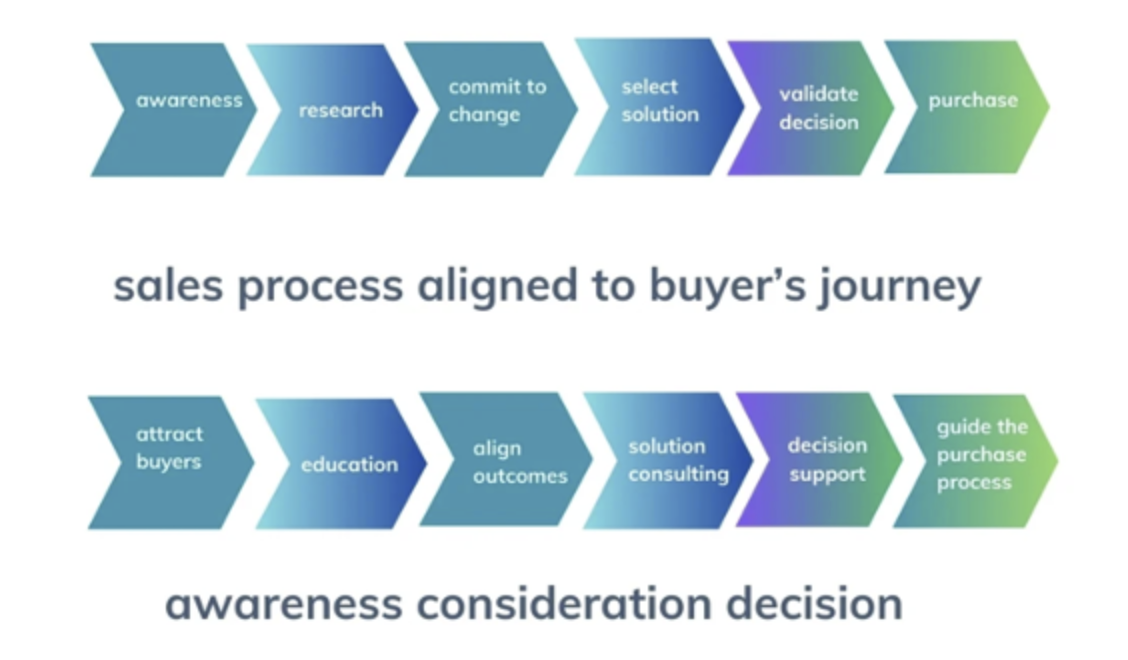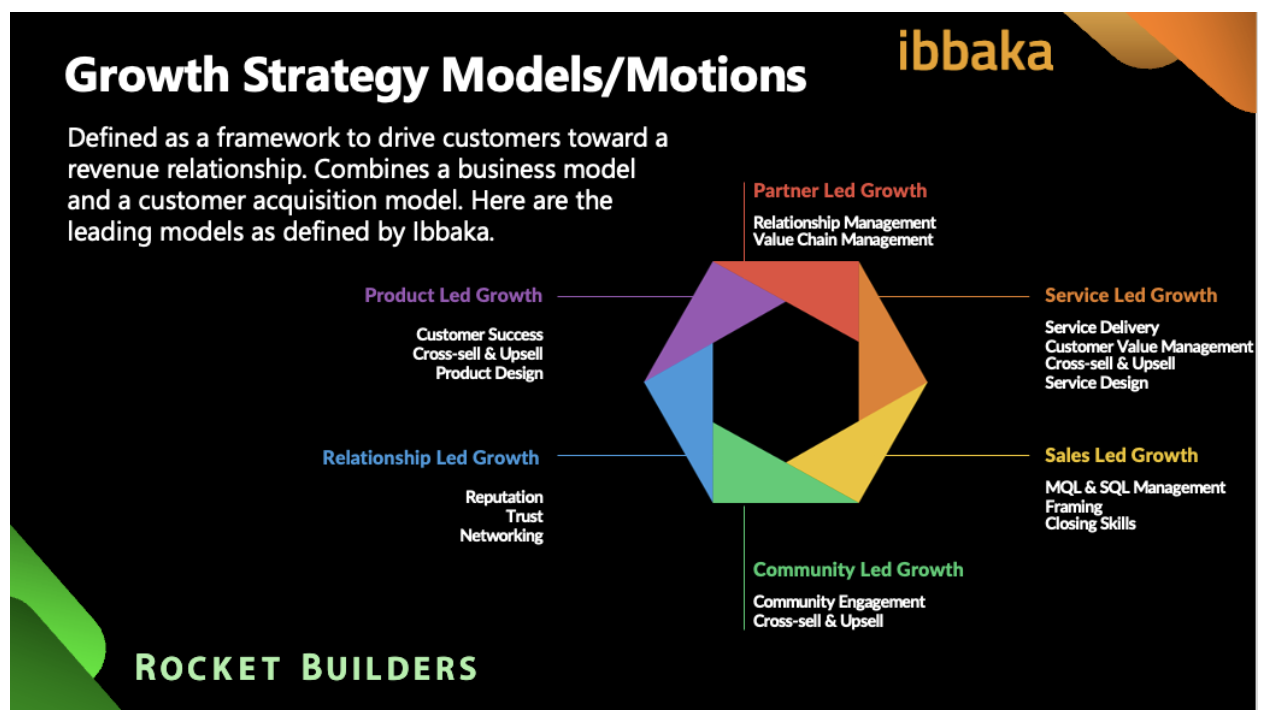Achieving Next-Level B2B SaaS Growth: Optimizing Value and Price
Karen Chiang is a Chief Value Officer at Ibbaka. Connect with her on LinkedIn.
As you read this, I’d like you to think about what value and pricing mean for sales. Achieving the next level of growth is unlocked by getting to better sales. To get to better sales, you need to be able to present a credible case of value.
Watch the full Master Class session here
Last week, Geoff Hansen, Managing Partner at Rocket Builders, and I gave a Master Class hosted by PeakSpan Capital (watch it now), highlighting the importance of value and its impact on pricing and sales. We shared proven strategies for scaling SaaS businesses by connecting value to every step of the sales process.
B2B SaaS Growth is not just about acquiring more customers and building pipeline — it’s about aligning your value, pricing, and sales approach with how your stakeholders make decisions. Let’s explore how sellers can drive next-level results by focusing on value and price optimization.
Value Over Price
Recent data shows that:
20-25% of B2B technology deals are lost due to price.
Only 6% of buyers choose solely based on price.
81% of buyers prioritize value, performance, and solution fit.
Incredibly, 74% of deals are won by the vendor who first paints a compelling vision of value.
Tip #1: Align Your Sales Process with the Buyer’s Journey
The buying process is the set of steps that a consumer or organization goes through as they decide whether or not to purchase. To be successful, SaaS sales teams must map their sales process to the buyer’s journey. In doing so, sales are directly responding and catering to their buyers’ purchasing behaviour.
The buyer’s journey comes first, image from Ibbaka.
Tip #2: Growth Motions (Models): One Size Does Not Fit All
Different SaaS businesses require different growth motions.
Growth motion shapes pricing strategy, image from Ibbaka.
Here, you will want to align your model to that of how your customer will want to engage. Each motion is characterized by its unique approach to acquiring, retaining, and expanding customers, as well as its implications for pricing and organizational processes.
Growth motion and pricing, image by Ibbaka.
Each motion will dictate how you acquire, monetize, engage, and expand your customer base.
Tip #3 Make Your Value Clear
Value is most commonly “How You Change the Use of Time and Money,” …So you need to refine a value proposition statement to clarify that.
A winning value proposition must be simple, specific, compelling, believable, and attractive to the right customers.
A practical formula for a good value proposition comes from Jill Konrath.
Tip #4: Use Value-Based Pricing; Connect Price to Outcomes
Value-based pricing sets your price according to the differentiated value you deliver, rather than by costs, market averages, or competitor prices. Value based pricing better aligns pricing with business outcomes. It is not simply based on the willingness to pay. Instead, value-based pricing connects the pricing metric with the value metric to ensure trust. Trust is built on fairness, consistency, and transparency.
Fairness
Fairness in value-based pricing is the perception that customers are paying a price that reflects the differentiated value they receive, relative to the next best alternative.
Fairness requires:
Clearly articulating how the offer creates differentiated value for the customer.
Demonstrating that the price captures only a fair portion of that value, not all of it.
Recognizing that value is contextual and may differ between customers or segments
Fair pricing is not about extracting the maximum possible payment from the customer, but rather about capturing a fair share of the value created while ensuring the customer retains a reasonable consumer surplus—meaning the customer feels they are getting more value than they paid for.
Transparency
Transparency means customers can understand how and why prices are set. This does not necessarily require publishing all prices publicly, but it does mean:
Explaining to customers how their price was determined, including the value and usage metrics used.
Clearly referencing the customer’s next best alternative to justify the differentiated value.
Building value models that are visible and understandable to customers, so they can see the logic behind the pricing
Transparency is essential for building trust and for customers to perceive pricing as fair
Consistency
Consistency means applying the same pricing principles and processes across similar customers and segments, and over time. This includes:
Treating similar buyers in a similar way—avoiding ad-hoc or arbitrary discounting.
Ensuring that pricing and value delivered are stable and predictable, not subject to rapid or unexplained changes.
Using a standard pricing process that is visible to all stakeholders, reinforcing both fairness and transparency.
Inconsistent pricing, especially through ad-hoc discounts, can undermine the perception of fairness and erode trust
Tip #5: Use Value-Based Selling to Accelerate Sales and Improve Qualification
Leveraging value in the sales process requires a deep understanding of customer needs, clear articulation of value, and aligning pricing with measurable outcomes. Here, I will emphasize several core strategies:
Identify and Segment Customers by Value Drivers
To effectively leverage value, sales teams must first identify customer segments that share the same pain points and will find significant value in the offered solution. This segmentation enables focused marketing and sales efforts, ensuring that messaging resonates with the right audience.
Articulate Value from the Customer’s Perspective
Value must always be defined from the perspective of the customer. This means understanding how your solution impacts their business economics—such as increasing revenue, reducing operational costs, or mitigating risk—as well as addressing emotional and community drivers.
Move Beyond Features to Measurable Outcomes
Shift the sales conversation away from product features to the measurable outcomes your solution delivers. This outcome-based approach helps prospects quickly grasp the financial and operational benefits, facilitating faster and larger deal closures.
Standardize and Scale Value Communication Across the Sales Team
Create consistent, tailored value propositions that resonate with prospects. Standardizing the discovery and communication of value ensures that every sales representative can confidently articulate the unique benefits of your solution, driving scalable and repeatable success.
Align Value with Price
When value and price are aligned—and salespeople can effectively explain the value impact—this convergence drives better revenue performance. Properly positioning value allows businesses to optimize pricing, achieve sales targets, and justify their corporate valuation, especially when preparing for growth or exit.
Leverage Data to Refine Value Propositions
Data plays a crucial role in identifying patterns, measuring performance, and refining value messaging. By analyzing customer feedback and sales outcomes, organizations can continuously improve how they communicate and deliver value.
When value and price are aligned and salespeople effectively explain the value impact, this convergence will drive better revenue performance.”
Best Practices Summary: Alignment Drives Results
When your sales process is tightly aligned with the buyer’s journey and your value proposition is clear and measurable, you’ll see:
Faster sales cycles
Higher win rates
Improved customer retention
Symptoms of poor alignment will result in slow deals, miscommunication, and lost opportunities.
Key Takeaway and Final Thoughts
Buyers are looking for partners who understand their challenges and can clearly articulate differentiated value, not just the lowest price.
Growth in B2B SaaS is driven by clarity in value, pricing, and process.
By focusing on what truly matters to buyers and aligning your go-to-market approach accordingly, you can sell with clarity and price with confidence. Drive value at every step.
☝️Join the valueIQ waitlist to embed value intelligence in your sales conversations.☝️
Navigating the new pricing environment brought by AI agents? Contact us @ info@ibbaka.com








